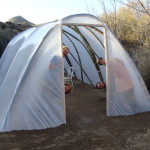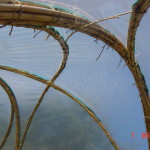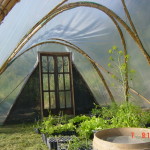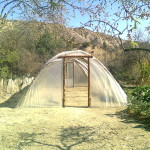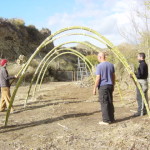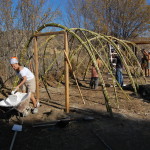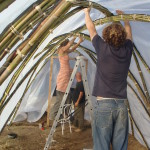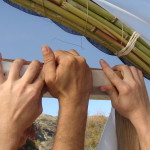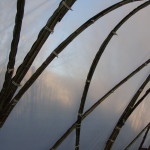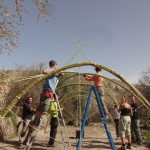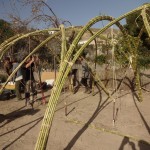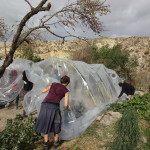Organic Gardening
The Agro-biodiversity is in serious danger and here at Sunseed we have begun to collaborate with different networks of exchange/recovery of traditional local horticultural varieties.
Kokopelli is one of the most important associations at European level and we have the honor to grow some of their pure seeds. Thanks to initiatives like this, we have the possibility to recover flavours, which we nearly lost and fight against the monopoly of the large seed houses.
Collaborating with these networks and cultivating these varieties (non-hybrid commercial, or transgenic) is a form of activism, which is essential to achieve food sovereignty.
Thank you Kokopelli for sharing these living treasures!

—–
La agrobiodiversidad esta en serio peligro, y en Sunseed hemos comenzado a colaborar con distintas redes de intercambio/recuperación de variedades hortícolas locales tradicionales.
Kokopelli es una de las asociaciones mas importantes a nivel europeo y tenemos el honor de cultivar algunas de sus semillas puras. Gracias a iniciativas como esta tenemos la posibilidad de recuperar sabores en riesgo de desaparición y luchar contra el monopolio de las grandes casas semilleras.
Colaborar con estas redes y cultivar estas variedades (no híbridas comerciales, ni transgénicas) es una forma de activismo fundamental para lograr la soberanía alimentaria.
Gracias Kokopelli por compartir estos tesoros vivos!

